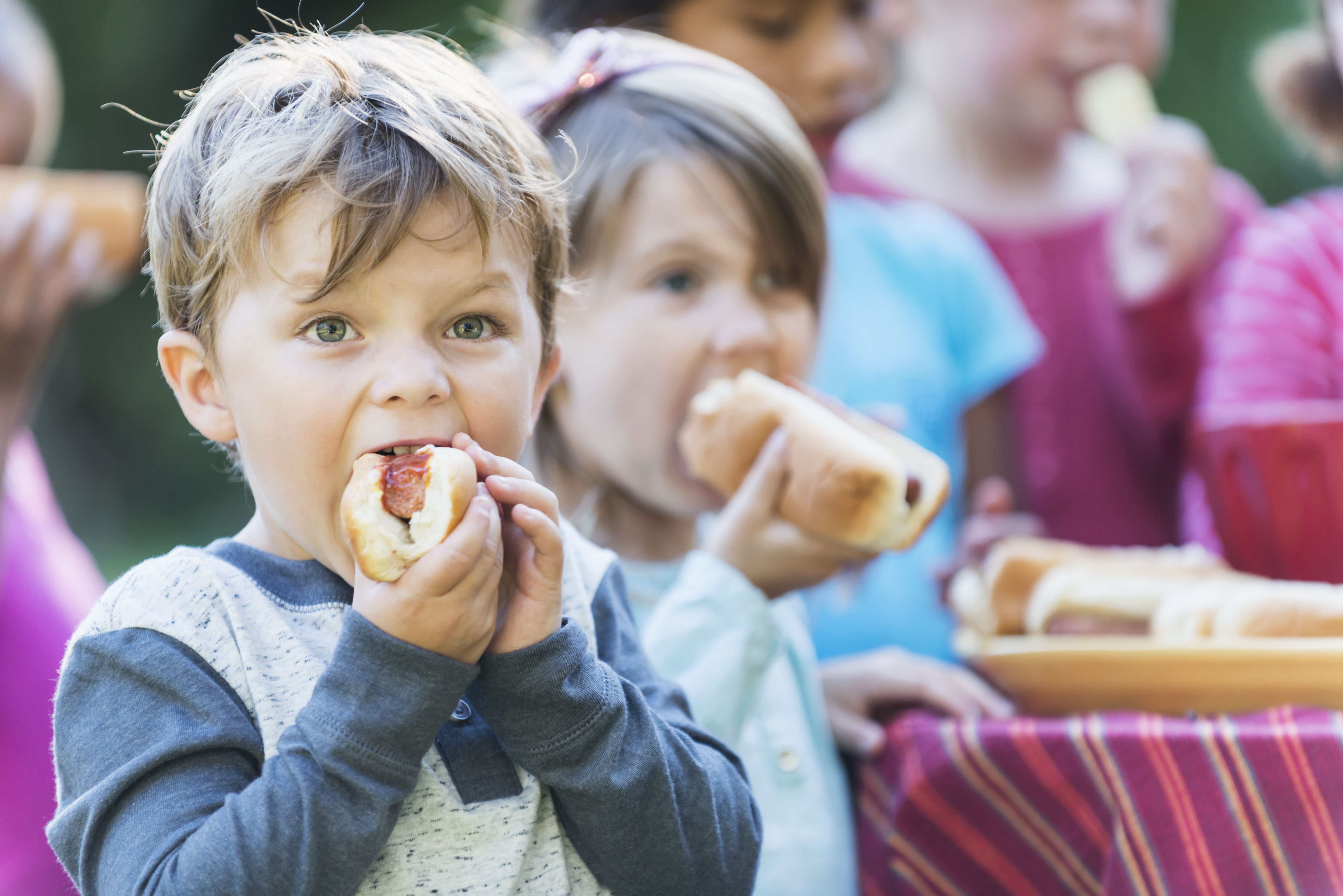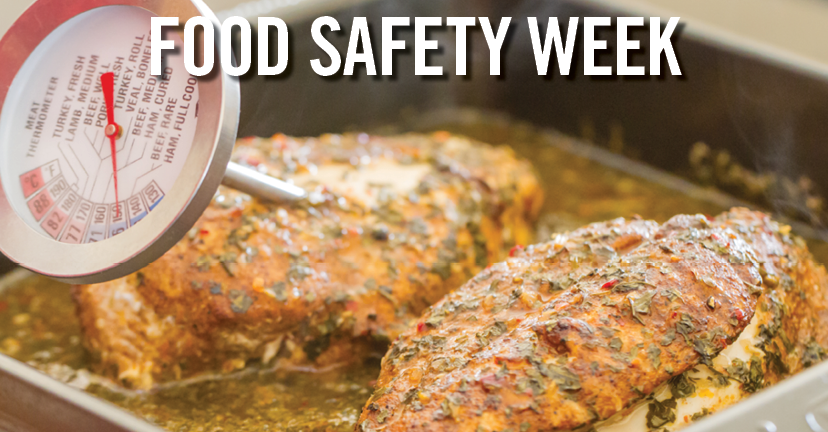Keep Your Food and Family Safe This Summer!
 After a long winter and cool spring, temperatures are finally warming up making everyone eager for outdoor picnics and barbecues. While these temperatures are ideal for that, they also provide a perfect environment for bacteria and other pathogens in food to multiply rapidly and cause foodborne illness.
You can help prevent harmful bacteria from making your family sick by avoiding the “Danger Zone” and following the “Core Four”.
The Danger Zone: temperature range between 40°F and 140°F
After a long winter and cool spring, temperatures are finally warming up making everyone eager for outdoor picnics and barbecues. While these temperatures are ideal for that, they also provide a perfect environment for bacteria and other pathogens in food to multiply rapidly and cause foodborne illness.
You can help prevent harmful bacteria from making your family sick by avoiding the “Danger Zone” and following the “Core Four”.
The Danger Zone: temperature range between 40°F and 140°F
- Keep food out of this range as foodborne bacteria can grow rapidly to dangerous levels that can result in illness
- Always keep cold food COLD, at or below 40°F, in coolers or in containers with ice or frozen gel packs
- Keep hot foods HOT, at or above 140°F, on the grill or in insulated containers, heated chafing dishes, warming trays or slow cookers
- Reheat foods to 165°F
- Wash hands with warm water and soap for 20 seconds before and after handling food
- Clean kitchen surfaces, dishes and utensils with hot water and soap
- Have one cutting board for produce and another one for meat, poultry and seafood
- Use separate plates and utensils for raw and cooked foods
- Wash plates, utensils, and cutting boards that held raw meat, poultry, seafood, or eggs before reusing
- Marinate in the refrigerator and not on the counter keeping raw meat/poultry separate from any veggies you might be using
- If you plan to reuse the marinade as a sauce be sure to boil it first to destroy any harmful bacteria or make extra to set aside before adding raw meat/poultry
- Cook: Cook to safe internal temperatures
- Use a food thermometer to ensure food is thoroughly cooked
- Whole cuts of meat (steaks, chops and roasts) – 145°F with a 3 minute rest time
- Ground beef, pork, lamb and veal- 160°F
- Poultry, including ground poultry- 165°F
- Fish – 145°F
- Leftovers – 165°F
- Refrigerate perishable food within one hour in hot weather (above 90°F) and within two hours if temperatures are below 90°F
- Place leftover foods in shallow containers for quick cooling






